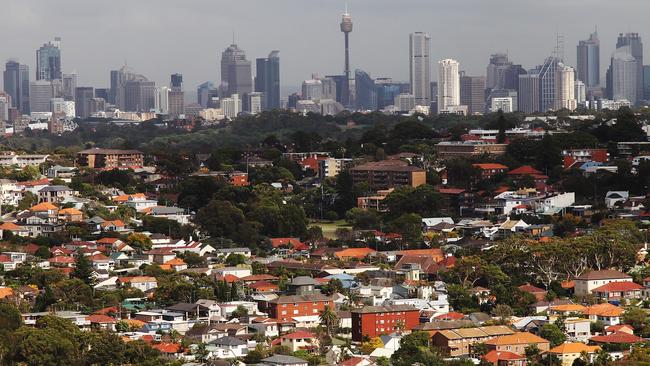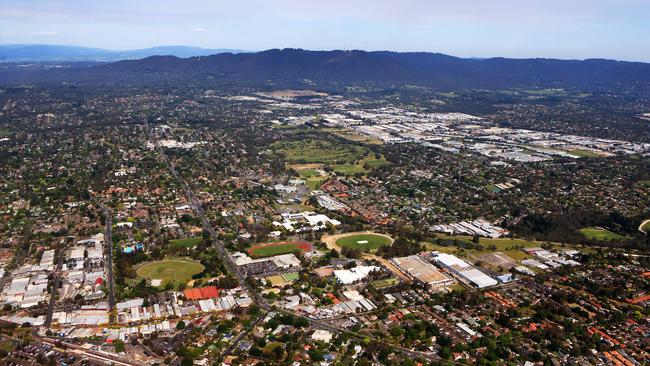Inner and middle areas suffer as transport and services go to the CBD and fringes
CHANCES are you drive through one every day. They’re the parts of Australia where people work hard, but keep getting shafted.

THEY are being called the “forgotten suburbs” — the places you go through to get somewhere else.
Despite the stunning output of their workforces, they keep being left out of plans for new transport systems and services that go to the city centre or the outer fringes.
Their workforces are already highly productive but their capacity for further growth is being limited by lack of attention.
That’s the finding of a study by the Bus Industry Confederation, which calls for an end to what it sees as neglect of inner and middle suburbs of our biggest cities through the introduction of employment hubs and new transport corridors.
In Sydney, these council areas include Ashfield, Canada Bay, Burwood, Strathfield, Lane Cove, Ryde, Auburn, Fairfield and Canterbury.
The common factor of these suburbs is they have high population densities and more jobs than outer areas, particularly in Melbourne.
The Melbourne inner/middle areas include Banyule, Stonnington, Bayside, Frankston, Greater Dandenong, Moonee Valley and Monash councils.
“The transport policy focus in Australia’s major cities has primarily been on access to/from the CBD, on a small number of major road/public transport projects,” said the report, Urban Land use Transport Integration and the Vital Role for Australia’s Forgotten Inner/Middle Suburbs, “… and on meeting access requirements in fringe growth suburbs where backlogs are common.”

The suburbs in the middle miss out.
Workers in these areas already turn out impressive productivity figures, but many of them are employed in “knowledge industries” which, because of improved technology including internet connections, are moving to outer suburbs.
In central Sydney, productivity per hour worked went from $70.20 in 2000 to $87.20 this year, according to research cited by the report. That’s a 24 per cent rise.
The rate was much lower in the Parramatta-Bankstown area, but it still rose from $49.50 to $64.60 this year — a 30 per cent jump. The 2015 figure was higher than the $50 to $59.70 recorded in Sydney’s south, but below the $53.50 to $71.10 for the northern beaches.
Melbourne City’s productivity increased from $60.50 to $76 this year — a 25.6 per cent improvement. The next best performance was $46.90 to $56.30 in Melbourne’s west — a 20 per cent rise — and $44.90 to $55.20 in the inner east.
The inner/middle suburb performances could be boosted by creation of employment clusters linked by public transport and limited car use, said the report.




